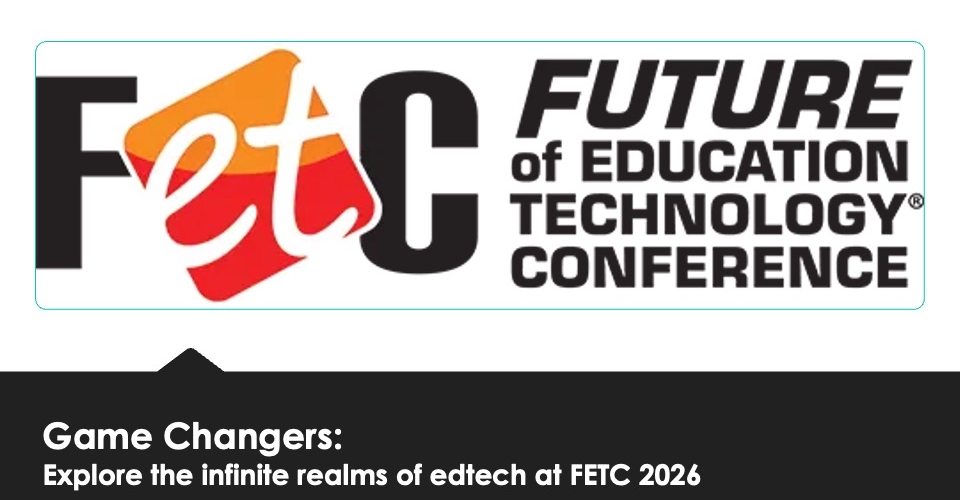AI’s impact on education is inevitable, which is why Technology Director Jamie Haug made sure the Pearl River School District was ahead of the curve by encouraging AI use from the start.
Soon after ChatGPT hit the scene in November 2022, Haug began researching and experimenting with the tool to better understand its role in the classroom. She prioritized moving past the “noise” about the widespread concern about cheating and instead learn how AI can fit into various aspects of K12 education.
“That spring, my team and I worked really hard to come up with positive scenarios that teachers can learn about how AI can support them and student learning,” she says.
For instance, the team set up an “AI carousel,” where teachers could jump from station to station and experiment with different AI prompts.
“They learned how to use AI for things like lesson planning, how to write a recommendation letter, how to support differentiations,” she says. “We took the key strategies that we were talking about already from the pandemic and looked to AI for solutions.”
By the summer of 2023, Haug was approached by leadership to discuss how to use AI in classrooms. An AI committee was formed, which included parents, teachers, administrators, specialist coaches, librarians, and, eventually, students.
The committee spent the school year developing guidelines and a professional development plan in response to high demand from teachers.
Unlike other policies, Pearl River’s AI guidance starts by encouraging students and staff to experiment with AI, whereas other districts sought to ban the technology entirely.
“We didn’t want this to become a disciplinary matter, but more of a teaching moment, because we are all still new to this,” she explains.
Haug also met with various edtech vendors to determine a good fit for the district.
“I asked questions aimed at learning how each tool could impact teaching and learning in our classroom,” she says. “I’m not interested in the new shiny tool, because I’ve been at this long enough to know that the new shiny tool gets old really fast.”
Plans for AI in 2025-26
Despite its potential, AI isn’t for everyone, Haug says. She notes that not every teacher has fully embraced AI into their classroom.
Regardless, the district’s admin team is focused on convincing teachers that AI can work for them.
“I wouldn’t use the word ‘training’ because I hate that word, but it’s about developing teachers at their own pace to start building their comfort with AI in their classrooms,” she explains. “In K12, we find new uses for AI every day.”
Above all, she acknowledges the negative connotation surrounding AI. However, leaders can communicate with teachers and guide them at their own pace and discover how AI might fit into their workflow.
“In the beginning, it became this national story of, ‘Look at the new way kids can cheat,’ right? So, we sat teachers down and asked them to tell us some of their pain points,” Haug says.
Having conversations surrounding data privacy and other logistics goes a long way, too, she adds. Ultimately, leaders must acknowledge that teachers are learning about AI for the first time alongside their students and parents.
“I made it my goal to learn about what is happening with AI before I did some of that work, and I think that was also appreciated,” Haug says. “But it’s something you have to accept and be ready to face hard questions.”
“I learned a long time ago, if you always focus on children, teaching and learning, it’s hard for people to argue.”
More from DA: How to build a future-ready district with AI



